UP TO THE MINUTE
Confined space dangers every roofer should know
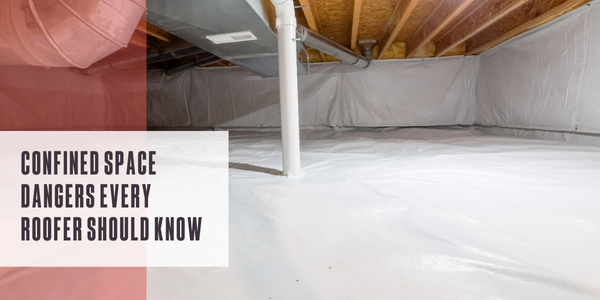
By Cotney Consulting Group.
Confined spaces demand more than common sense, requiring planning, training and humility.
In the roofing world, most focus understandably revolves around what’s above our heads—weather, heights, slopes and safety harnesses. But some of the deadliest hazards aren’t high above; they’re deep inside. Confined spaces present a unique and often underestimated threat to roofing contractors, especially those working on commercial buildings, industrial projects or retrofits where enclosed tanks, silos, ducts and crawlspaces are involved.
Just because a space “looks safe” or “seems normal” doesn’t mean it is. The hazards within confined spaces — lack of oxygen, toxic gases, entrapment risks — can be deadly and often give little to no warning before it’s too late. If your roofing crew encounters confined spaces during your scope of work, you need to understand the dangers, the regulations and the right procedures to stay safe.
What is a confined space?
According to OSHA, a confined space is an area that:
- Is large enough for a worker to enter
- Has limited or restricted means of entry or exit
- Is not designed for continuous occupancy.
Common examples relevant to roofing projects include crawl spaces, air handling units, ductwork, chimneys, large roof ventilation systems, tanks and vaults. Roofers may access these spaces for inspections, tie-ins, retrofits or when working alongside other trades.
Some confined spaces may also be classified as permit-required confined spaces, meaning they pose serious hazards such as a hazardous atmosphere, risk of engulfment or a configuration that could trap or asphyxiate a worker.
The hidden hazards
Many confined space dangers are invisible — and that’s what makes them so deadly. Here are the top risks you need to watch for:
1 - Oxygen deficiency
Air that looks fine might contain too little oxygen to support life. Just 19.5% is the minimum safe level. Below that, workers can experience dizziness, confusion or unconsciousness in minutes.
2 - Toxic gases and fumes
Even previously “empty” tanks or silos may contain vapors or residues that release toxic gases. Hydrogen sulfide, carbon monoxide and even chemical vapors from adhesives or cleaners can accumulate in these spaces without detection.
3 - Flammable atmospheres
Vapors from fuels, solvents or industrial byproducts can quickly reach explosive levels. One spark from a tool or static discharge could cause disaster.
4 - Engulfment or entrapment
Sloped walls, converging floors, or materials like grain, insulation or gravel in bins or pits can trap and engulf workers without warning.
5 - Temperature extremes
Confined spaces can heat up quickly, especially under sunny roofing conditions. This amplifies the risk of heat stress, especially if protective gear is required.
Know before you enter: The permit system
A permit-required confined space must not be entered until a comprehensive plan is in place. This includes:
- Hazard identification
- Atmospheric testing
- Ventilation
- Entry permits and written procedures
- Communication systems
- Rescue plans and trained personnel
Atmospheric testing must occur before entry and continue throughout the work. If conditions change, workers must exit immediately. Never assume a space is “safe enough.” If the hazards meet permit-required conditions, there are no shortcuts.
Training and teamwork save lives
All workers involved in confined space entry must be trained in the following:
- Recognizing confined space hazards
- Proper use of PPE and ventilation equipment
- Lockout/tagout procedures
- Communication protocols
- Emergency procedures
Just as important is assigning clear roles:
- Authorized entrants: Those entering the space
- Attendants: Monitoring from outside and ready to initiate rescue
- Supervisors: Ensuring procedures are followed and canceling entry if hazards arise
Attendants must never leave their post or attempt to rescue themselves. Instead, they must call for trained rescuers — who may need specialized gear and skills.
Rescue isn’t a backup plan — It’s the first priority
Rescue from confined spaces is not like pulling someone off a roof. Rescuers must be trained, equipped and physically capable of extracting someone safely — without becoming victims themselves.
A good rescue plan includes:
- Tripod systems or winches for vertical spaces
- Standby rescue personnel on-site for high-risk entries
- Emergency communication methods
- Access to medical aid immediately after extraction
Failure to plan for rescue has led to tragic outcomes where multiple workers have died — one after another — trying to help their fallen coworkers.
Roofing contractors: Your responsibility
If your team enters confined spaces — even occasionally — you’re responsible for following every safety protocol. That includes:
- Identifying confined spaces in the scope of work
- Coordinating with general contractors and other trades
- Providing written entry procedures
- Verifying subcontractors are trained and compliant
Even if you’re not the “owner” of the site, you can be held liable for improper entry, especially if your crew is injured due to negligence or lack of preparation.
Conclusion: Respect the space, protect the crew
Confined spaces demand more than common sense, requiring planning, training and humility. The most dangerous confined spaces often don’t look dangerous at all. And in roofing, where access to mechanical systems, crawlspaces or industrial structures is common, it’s easy to underestimate the risks.
So, don’t go in blind. Build a confined space safety plan that your team understands and trusts. Empower your crew to speak up, pause the job or report issues — nothing is more important than getting everyone home safe at the end of the day.
Learn more about Cotney Consulting Group in their Coffee Shop Directory or visit www.cotneyconsulting.com.



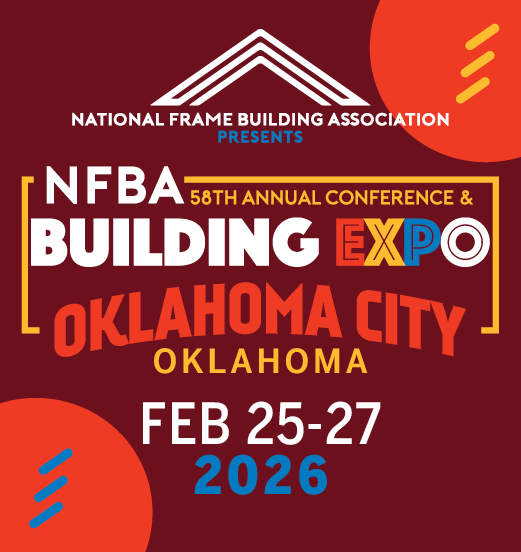



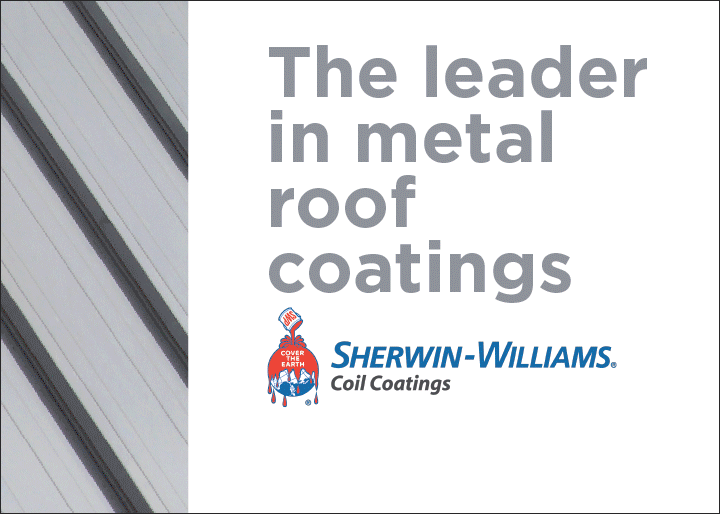
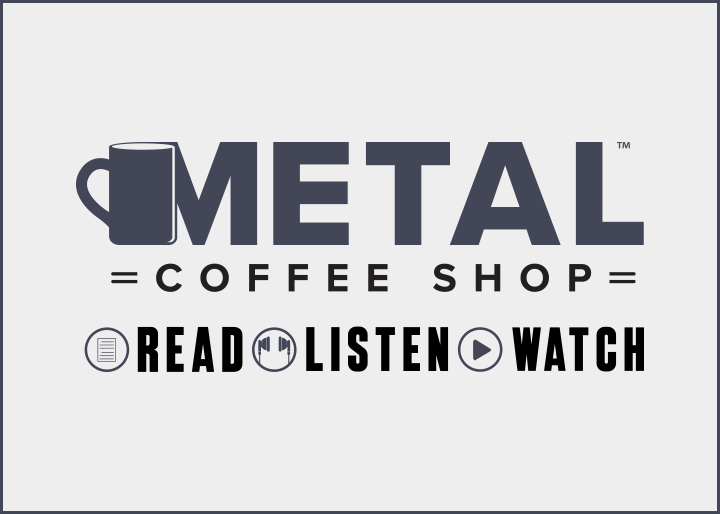


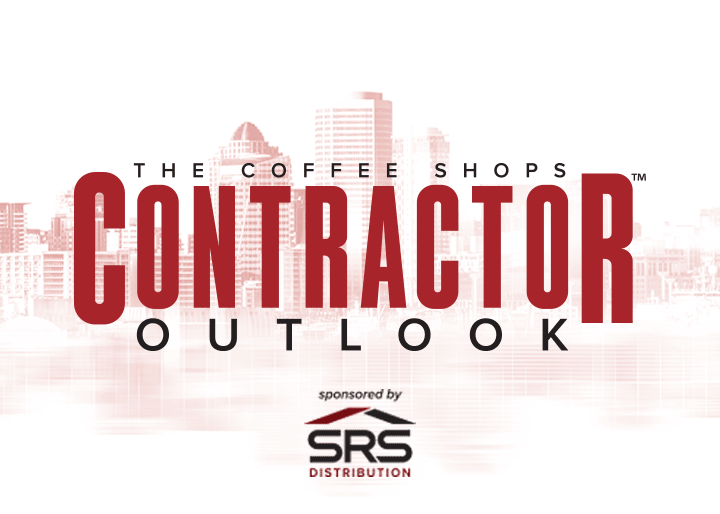
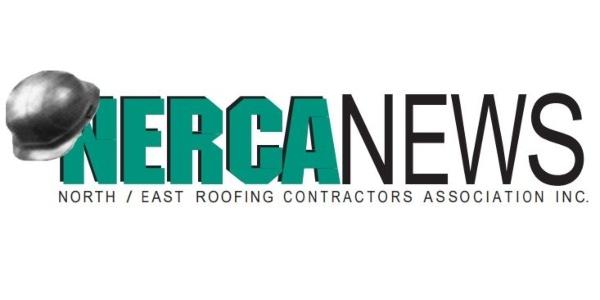
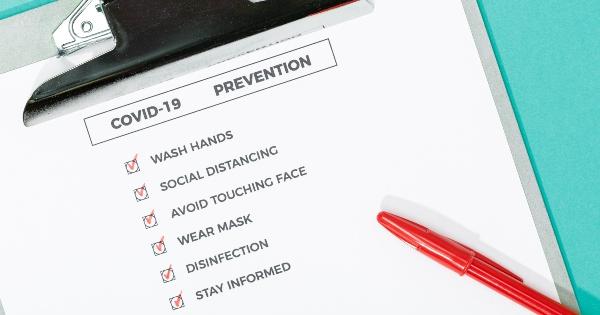
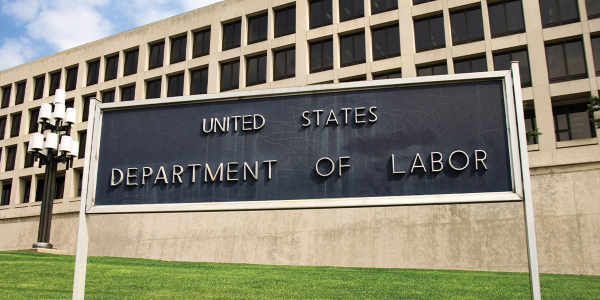

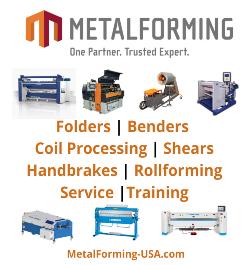

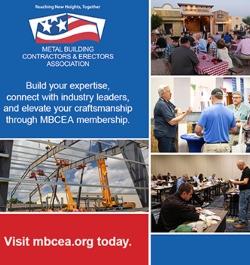
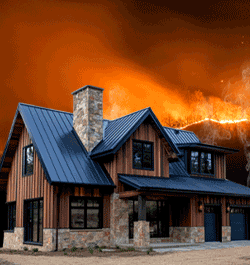

Comments
Leave a Reply
Have an account? Login to leave a comment!
Sign In